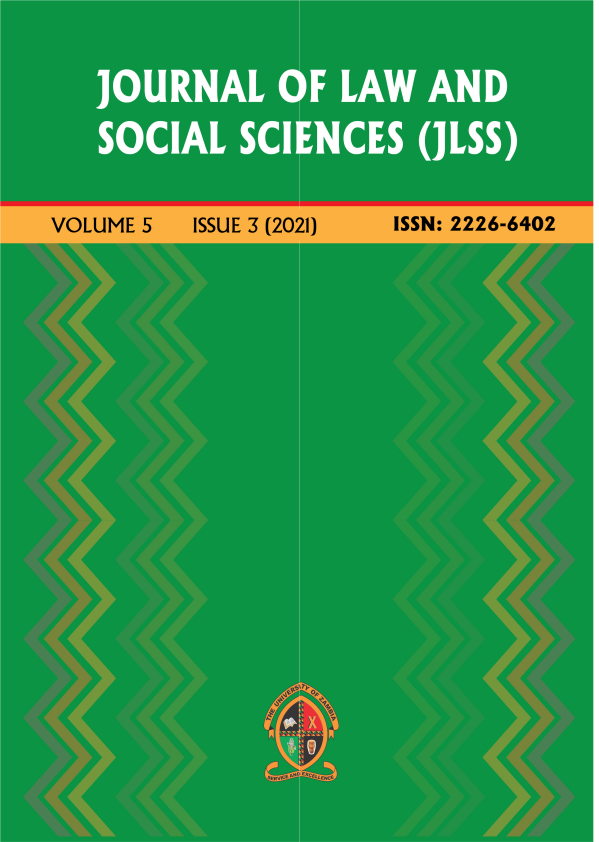The Use of Allusion in Tonga Work Songs: Its Social and Economic Implication
Keywords:
Tonga, Work songs, Poetic element, Social meaning/implication, Allusion
Abstract
This article sets out to examine the use of allusion in selected Tonga work songs. Whereas there is extensive and impressive documentation about the Tonga people and their culture, their history, and even their literature, by authors like Elizabeth Colson, there is hardly any documentation on the use of allusion and its social implications in Tonga work songs. Therefore, this study gives utter attention to one poetic element – the allusion, in the Tonga work songs and argues that allusion reflects the Tonga people’s social and economic activities through work songs. The study mainly used the qualitative method to collect data from respondents. This article is a brain child of research work which was conducted in two ways namely, through desk research and field research in three districts of Southern Province in Zambia. A total of 35 work songs were collected through interview guide, questionnaires, and Focus Group Discussions. The study revealed that Tonga work songs help lighten the work, comment on perpetual unpalatable social tendencies, communicate values of hard work, social cohesion, and objectives and share memories of the past other than culture transmission to the young generation. The study also revealed that Tonga Work songs are rich in Poetic elements such as allusion that inculcate a sense of self-responsibility among others. The study further reveals that allusion in Tonga work songs reflects Tonga people’s past and their agricultural inclination, a reflection of Tonga’s main economic activity. What comes out of this study also is that there are hardly any allusions to Tonga’s paramountcy of chiefs like in other tribes in southern Africa.
Published
2023-11-27
How to Cite
Lubbungu, J. (2023) “The Use of Allusion in Tonga Work Songs: Its Social and Economic Implication”, Journal of Law and Social Sciences, 5(3), pp. 70-84. doi: https://doi.org/10.53974/unza.jlss.5.3.919.
Section
Articles
